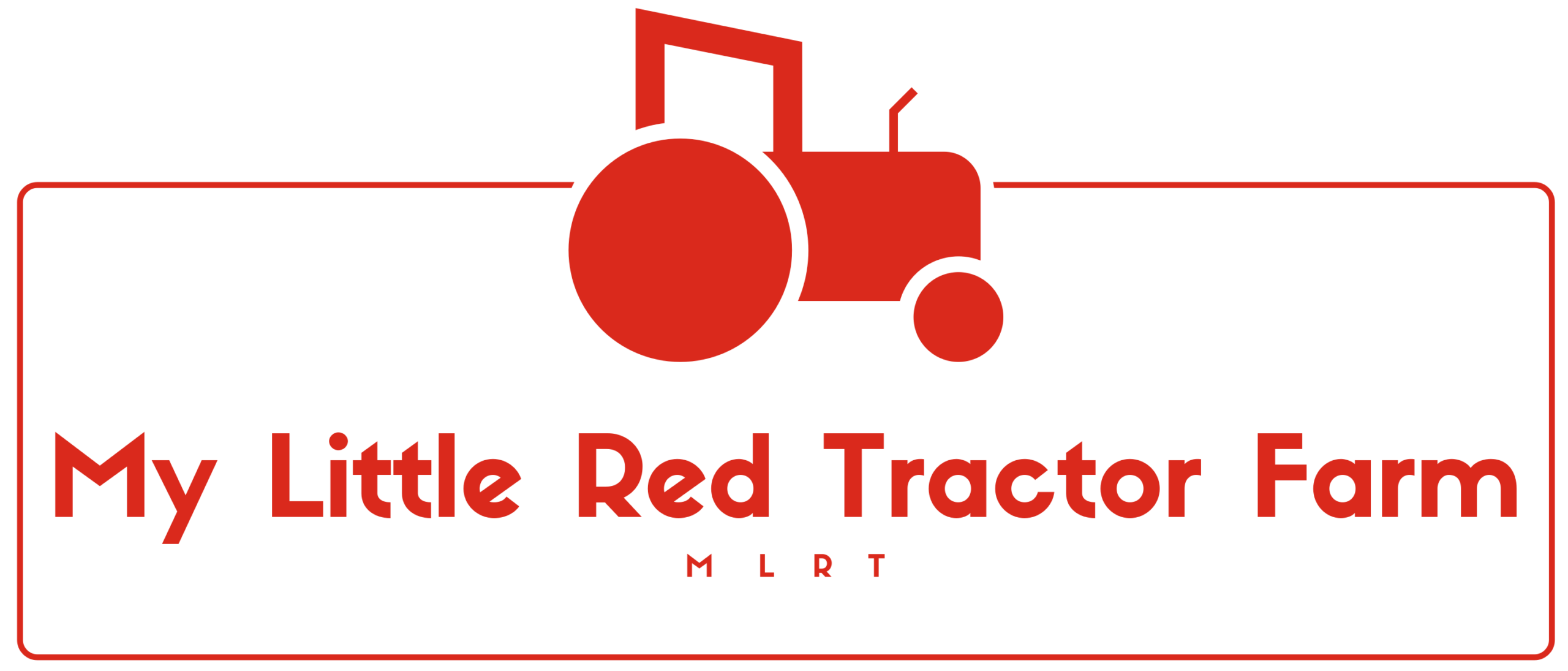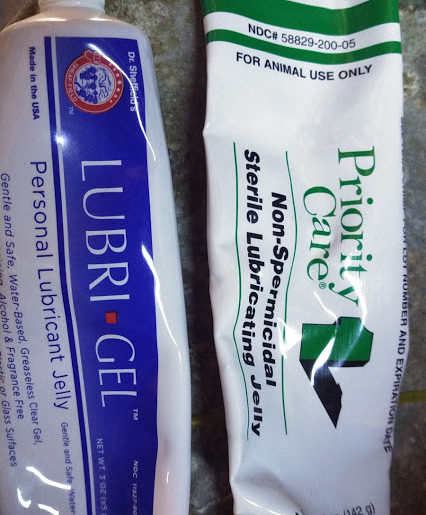Artificial Inseminating our goats
Artificial insemination (AI) Transferring semen to the reproductive tract of the doe.
AI is an excellent way to bring in superior genetics and proven bucks that can improve a herd quickly. It does require an initial investment of equipment but the genetic improvement is well worth the cost. We have utilized AI for several years with good results (66% success rate). This year (2020) we’ve been forced to use it for most of our does since we only have one buck and most of our does are closely related to him. This is the first year using NO hormones but instead allowing the goats to cycle naturally. Practice makes perfect and we are learning more and more but no where near perfect yet. Timing is everything! Knowing how long each doe’s estrus cycle is very important for success.

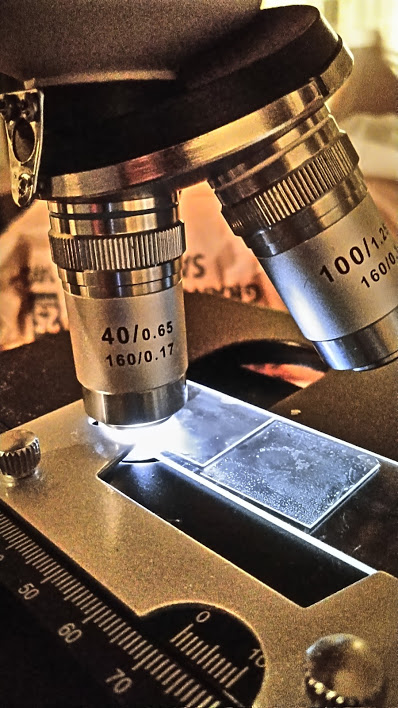
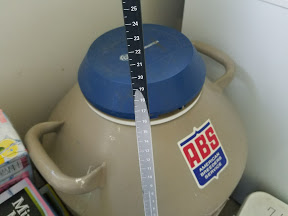
2020 Kidding Season
We have had five does freshen with one more due to freshen on May 14th. With 7 bucklings and only 2 doelings born so far.

Strips of pasture?
With the does at their last 2-3 weeks of gestation, I am opening up small strips of pasture for them to graze on. This gives them fresh vitamins and extra calories! I will be sure to move them to another ‘strip’ after 5-6 days to help break the internal parasites life cycle. I’ve used electrical netting that is easy to move.
GREAT Article by PSU: Prevent Parasites Through Grazing Management
- A few quotes from the Penn State article above
- Larva can survive for long periods, even as long as 120 days, when weather conditions are cool and moist. However, when the weather is hot and dry, those parasites can die very quickly.
- [the infective stage of parasite eggs] can take as little as six days to go from egg to infective stage. Therefore, producers can use grazing rotations to stay ahead of this cycle.
- Parasites can also go into a hypobiotic or dormant state inside sheep or goats. Parasites can remain in this state until environmental conditions improve. Sheep and goat producers often see problems when this occurs during the summer.
- Most parasite larva are found in the first two inches of forage growth, so the goal is to move the sheep and goats out of a field before they graze down to levels where parasite larva will be consumed.
- Producers should cull animals that they consistently treat more often than most animals in the flock or herd. This allows producers to develop genetics that are more resistant to parasite infections. The parasites will still be present, but the animal’s immune system can better withstand the infection.
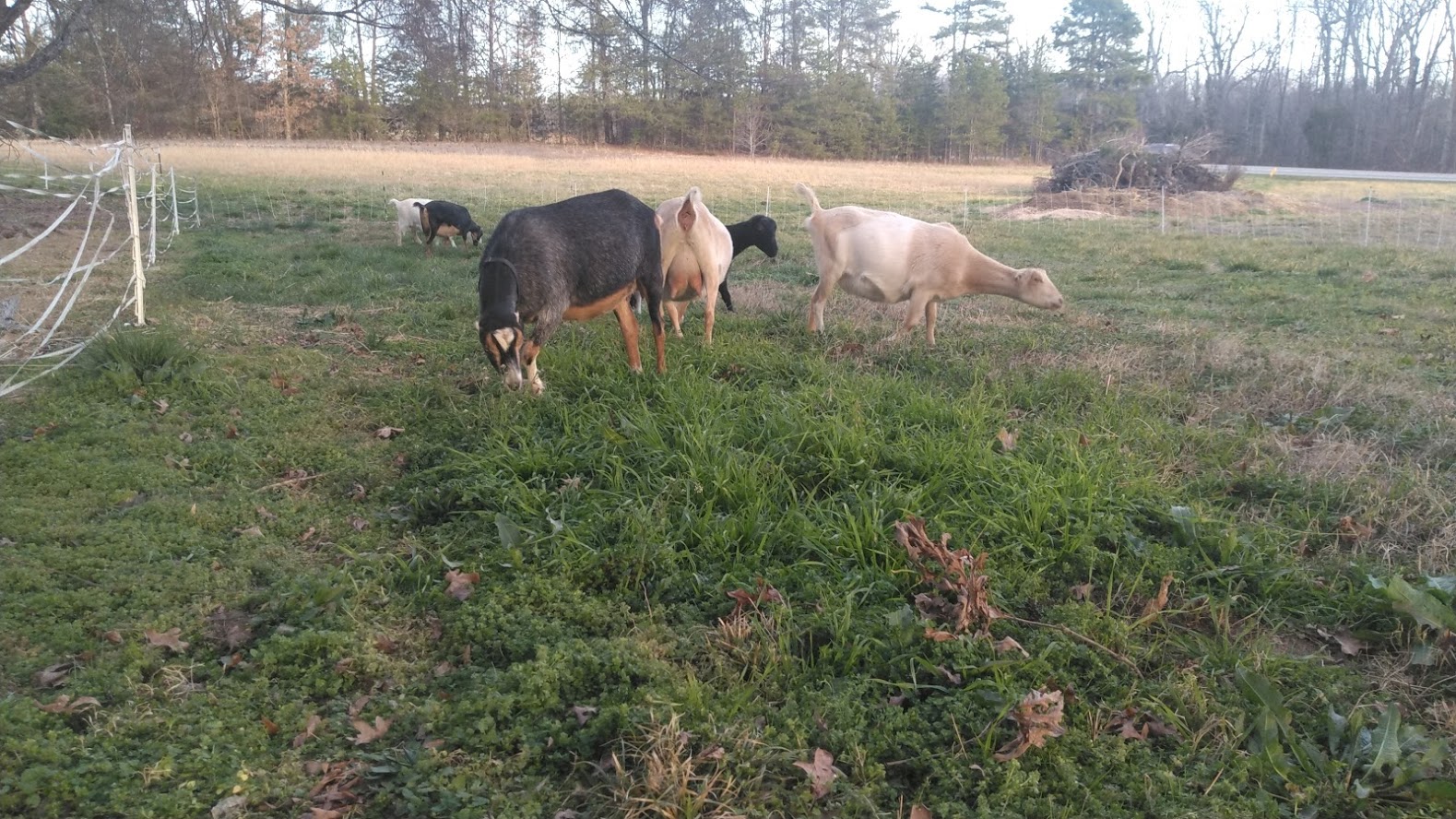
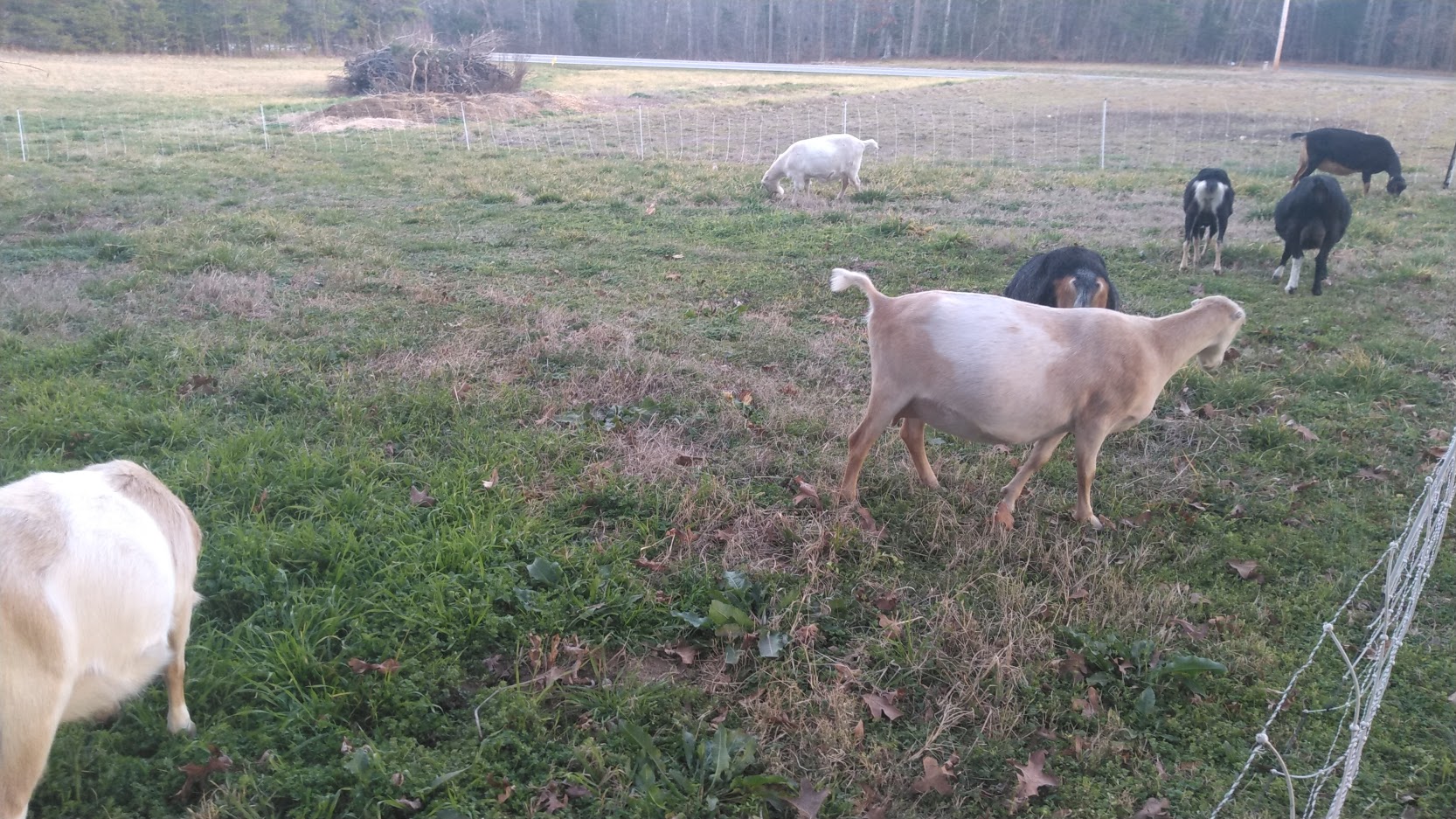
How much are they being fed?
Knowing how much grain you’re feeding your animals is important but most people really do not know. Figuring this out is easy and all you need is your favorite ‘scoop’ or ‘cup’ and a scale. For our hogs, we simply use the large tin coffee cans that are 5 pounds filled with pellets. Easy enough. However, for our goats, we must be more careful so we use smaller and more accurate measurements.
For the goats we use a 1.5 cup, 2.0 cup and a 4.0 cup for measuring grain. Chinese soup containers are great for this. After taring each cup, we filled it up with our goat feed (Blue Seal Caprine Challenger).
- 1.5 cups = 0.4 lbs (heaped up is 0.5 lbs)
- 2.0 cups = 0.7 lbs (heaped up is 0.8 lbs)
- 4.0 cups = 1.4 lbs (heaped up is 1.5 lbs)



